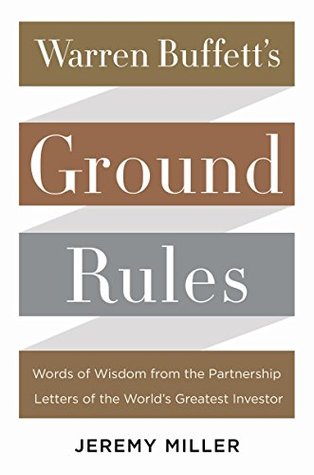More on this book
Community
Kindle Notes & Highlights
Read between
January 26 - March 1, 2018
Here is a checklist for evaluating a potential investment in a General: (1) Orient: What tools or special knowledge is required to understand the situation? Do I have them? (2) Analyze: What are the economics inherent to the business and the industry? How do they relate to my long-term expectations for earnings and cash flows? (3) Invert: What are the likely ways I’ll be wrong? If I’m wrong, how much can I lose? (4) What is the current intrinsic value of the business? How fast is it growing or shrinking? And finally, (5) Compare: does the discount to intrinsic value, properly weighted for both
...more
Buffett outlined the four questions needed to evaluate a Workout in his 1988 letter to shareholders of Berkshire: (1) what chance does the deal have of going through, (2) how long will it take to close, (3) how likely is it that someone else will make an even better offer, and (4) what happens if the deal busts?
Investment is most intelligent when it is most businesslike and business is most intelligent when it’s most investment-like.
For the liquidation plays, Graham advised, as a general rule of thumb, ascribing 100 cents on the dollar to cash, 80 cents on the dollar to receivables, 67 cents on the dollar for inventory (with a wide range depending on the business), and 15 cents on the dollar for fixed assets.
Operationally, a business can be improved in only three ways: (1) increase the level of sales; (2) reduce costs as a percent of sales; (3) reduce assets as a percentage of sales. The other factors, (4) increase leverage or (5) lower the tax rate, are the financial drivers of business value. These are the only ways a business can make itself more valuable. Buffett


